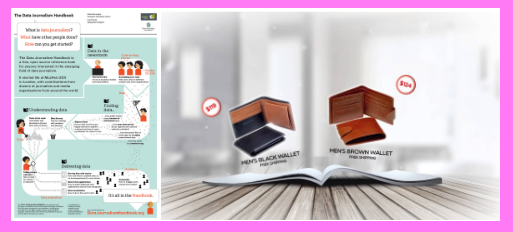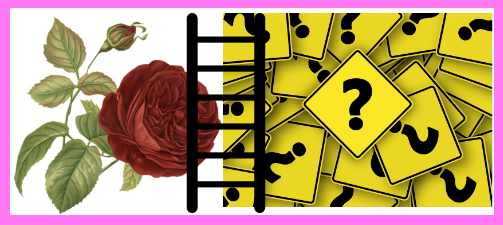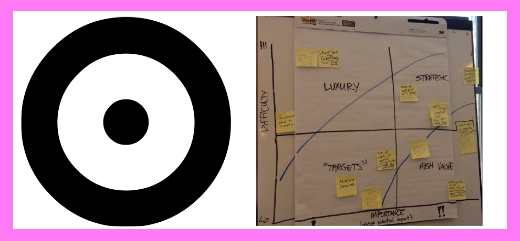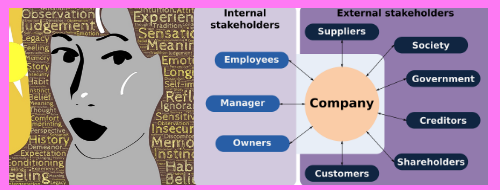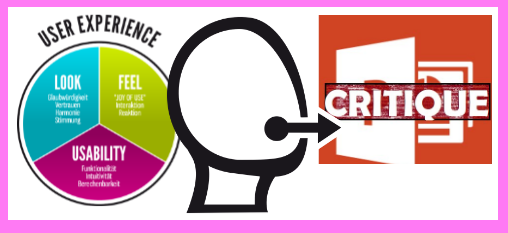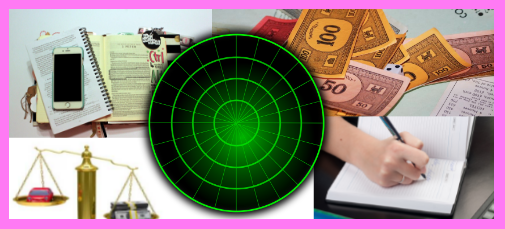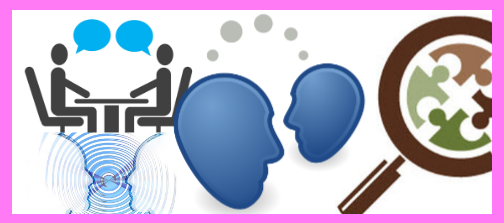Week 3 School-wide Events:

Week 3 featured our very first Game Night. About a dozen students stayed after school Friday to play video games, games with foam dart guns, etc. They enjoyed each other’s company and also pizza. Game Nights will be a regular event occurring roughly every other Friday at CINGHS. In addition, our school is starting an eSports club so that students can be a part of a team that plays video games competitively.
Week 3 in Algebra 2:
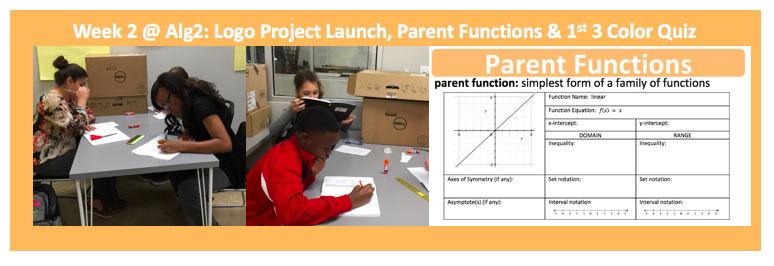
During Week 3, students interviewed Laura Hayden, a graphic designer who works for National Instruments, using FaceTime. They asked Laura all of their Need-to-Knows related to logo design. The students had many great questions about the processes graphic designers use to design effective logos.
During the week, I allowed students to use self-pacing to differentiate the class according to students’ individual needs. Some students completed extra practice on parent functions and their properties (domain, range, axes of symmetry, asymptotes). Students who were already comfortable with parent functions moved on early to workshops and practice sets dealing with inverse functions.
By the end of the week, the students were introduced to decision matrices so they could use this tool to select the brainstorming sketch that their team would develop into their amusement park logo.
Week 3 in Integrated Physics & Engineering (IPE):
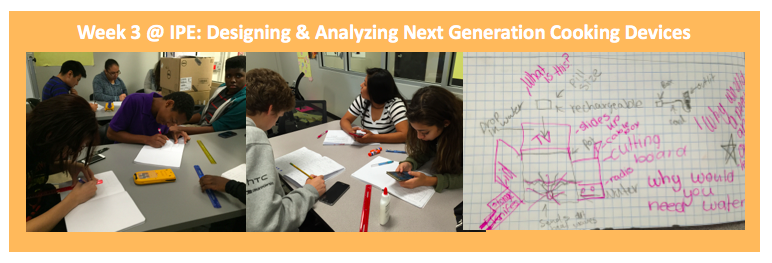
In IPE, we continued exploring the Design Process by applying the following steps toward the design of next generation cooking devices: Define the Problem, Specify Requirements, and Identify Solutions. The students created summary problem statements for the project (Define the Problem). They analyzed the project design brief and rubric to create lists of project constraint and requirements (Specify Requirements). They conducted background devices on old and current versions of their team’s cooking device (Identify Solutions). They compared the old and current devices to identify improvements and to get ideas on new improvements that could be made to create their next generation devices. They also created several brainstorming sketches in a Quick Draw activity. Then they elaborated on each other’s favorite sketches in a Carousel Brainstorming activity.
Also, during Week 3, we introduced the Heat Equation and used it to analyze the required heat in several cooking scenarios. Students voluntarily chose to attend follow-up small group workshop on the Heat Equation when they found practice problems challenging. I like how students are starting to advocate for themselves by choosing to attend optional workshops to sharpen their skills. At the end of the week, the students took a 3-color quiz on Heat Transfer mechanisms and the Heat Equation. They used 3 colors to show what they were able to do with (1) their brains only, (2) with notebook assistance, and (3) with workshop assistance. Many students were able to excel at the quiz with only 1 or 2 colors.
Week 3 in 8th Grade Math:

During Week 3 in 8th grade math, we continued to explore club data using more statistical tools. We introduced a new spread value: mean deviation. We practiced calculating it first on small data sets. Then we started discussing methods for calculating it for large data sets so they would know how to analyze data sets that included the opinions of all the students in our school. By the end of the week, the classes collaborated to create a survey that was completed by the entire student body that gathered data on students’ interests on a variety of clubs.




